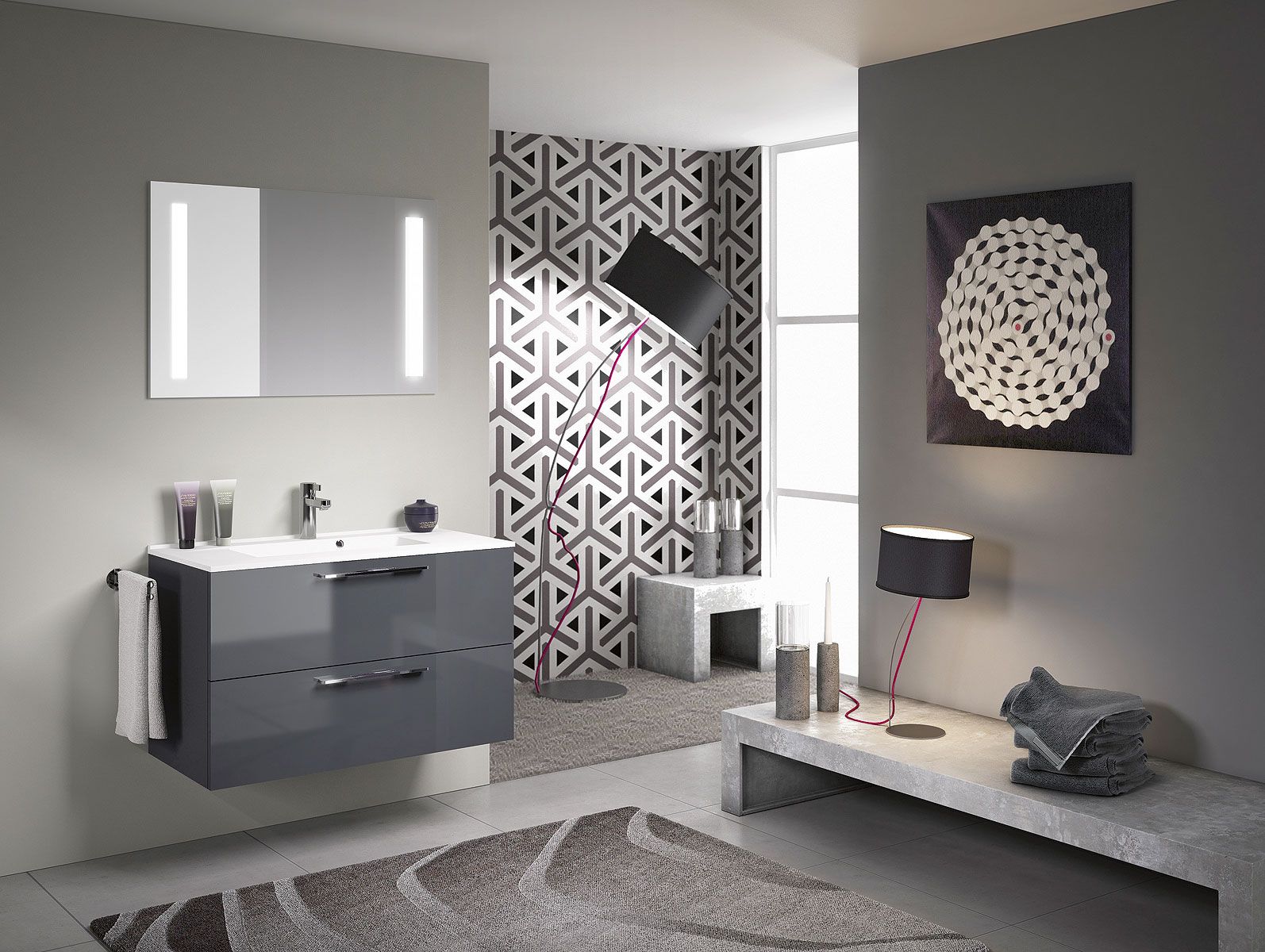The UK senior age range is growing. And according to the former Arch Bishop of Canterbury, Dr Rowan Williams, the UK’s growing senior population is being ignored by younger generations, deemed too dependent or surplus to societies requirements.
But the fact is that a great deal of life for those with mobility issues, such as the elderly, can be improved by simple considerations like adapted living spaces. And with one in six people in England and Wales now over 65 (9.2 million people) and a further 3.3 million due to retire in the next few years, adapted home living must be a consideration.
1. Reduce slips and falls with textured surfaces
Luxury bathrooms go hand in hand with non-slip textured surfaces. A huge part of mobility adapted bathrooms is about using texture to create safer surfaces for the user to walk and stand on, both in and out of the bath/shower.
There are plenty of places to buy bathrooms online in the UK, including accessories like non-slip mats and strong adhesives to secure them. Using fixed surfaces is much more effective than just laying out non-slip mats.
2. Easy cleaning
It’s not always easy for those with mobility issues to clean rooms like the bathroom. But it’s essential to keep the space clean, properly heated and well ventilated. Designing a bathroom with easy access to vents, windows, heating controls, surfaces that need regular cleaning, and cleaning supplies and tools themselves is really the only way to make sure someone with limited mobility can keep their bathroom clean and healthy.
3. Grips and supports
A huge issue for many folks with mobility issues is getting around the bathroom safely. Slipping and falling are major concerns, but that doesn’t mean a mobility challenged person can’t use the toilet independently.
Safety supports like toilet safety frames, grip handles for getting in and out of the bath/shower, waterproof seating (both in and out of the bath/shower) or even a toilet raiser (a soft seat that fits over the existing toilet to make it several inches higher) can make a huge difference.
4. Shower enclosures, bath lifts and wet rooms
There are pros of all three options, and the key is to figure out which is the more viable for the user. For example, shower enclosures with fitted seating can offer a great low cost, stylish solution for those who may have trouble stepping over the lip of a bathtub.
5. Emergency assistance
For many people with mobility issues, especially those living alone, the idea of falling and not being able to contact anyone who could help can be very unnerving. There are plenty of ways to install a phone or buzzer in the bathroom that can be used in the event of an emergency.
Creating an effective mobility adapted bathroom is all about peace of mind, sensible safety precautions and comfort. It’s about promoting independence and helping those with mobility issues to feel safe and secure in their own environment.
